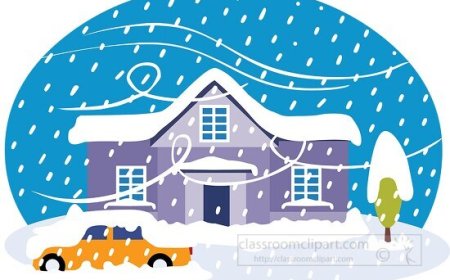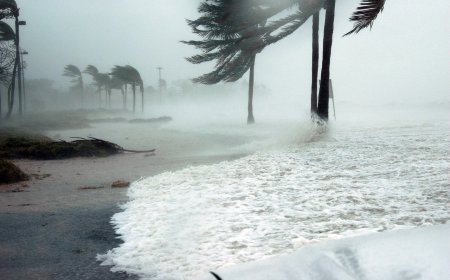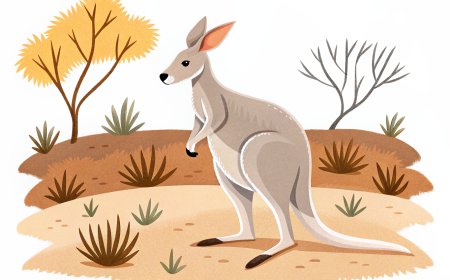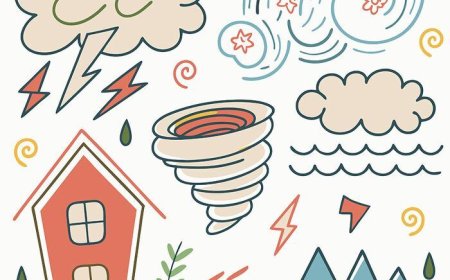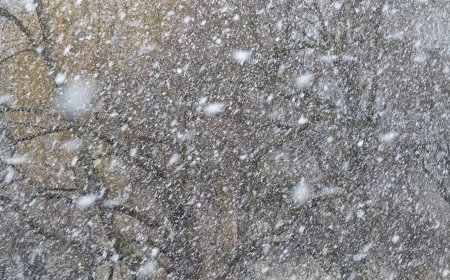Air Pressure Facts for Kids – What It Is and How It Affects Weather
Discover what air pressure is, how it's measured, and why it's important for weather forecasting. Learn about high and low pressure and how they shape the skies.
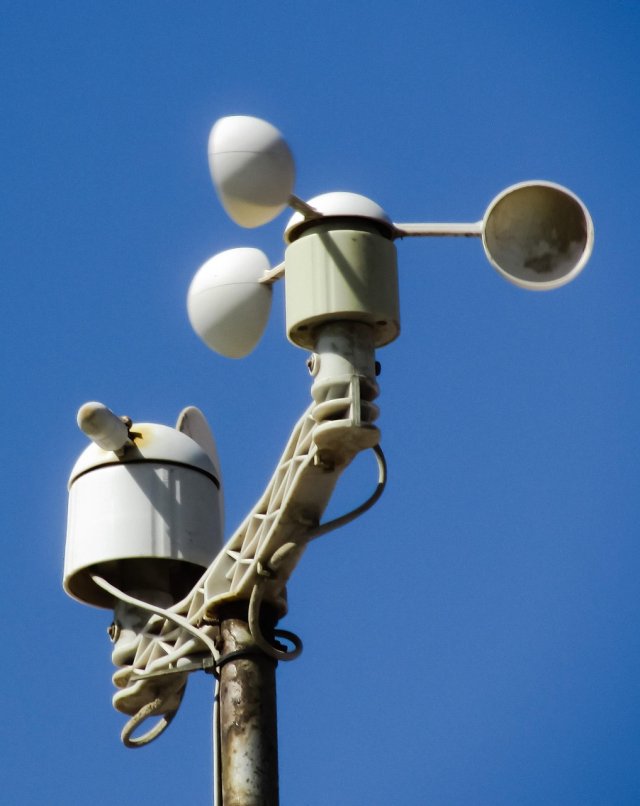
💨 Wind
What Causes It and How It Shapes Our Weather
🧭 Introduction
We can’t see it, but we can definitely feel it. Wind is moving air—and it’s one of the most powerful forces in nature. Whether it's a light breeze rustling leaves or a powerful gust that shakes trees, wind is always caused by the movement of air from one place to another. It plays a major role in weather patterns, ocean currents, and even how seeds are spread or pollution travels. Understanding wind helps us better predict the weather and stay safe during storms.
🌡️ What Causes Wind?
Wind happens because the Sun heats different parts of the Earth unequally. Some areas (like the equator) get more sunlight and heat than others (like the poles). This uneven heating causes differences in air pressure.
Here’s how it works:
- Warm air rises because it’s lighter.
- Cool air sinks because it’s heavier.
- As warm air rises, cool air rushes in to fill the space.
- This movement of air is what we call wind.
So, wind is really just air moving from areas of high pressure to areas of low pressure.
🧭 Measuring Wind
Wind is measured by two main things: speed and direction.
- Wind speed is how fast the air is moving. It’s measured in miles per hour (mph) or kilometers per hour (km/h).
- Wind direction is where the wind is coming from. A “north wind” comes from the north, even though it blows toward the south.
Meteorologists use tools like:
- Anemometers – to measure wind speed
- Wind vanes – to show wind direction
- Beaufort Scale – to describe wind strength (from a calm breeze to a hurricane-force wind)
🌎 Global Wind Patterns
Besides local breezes, Earth has giant wind systems that move across the planet. These are called global winds, and they help move weather systems, ocean currents, and even planes!
Here are the three major types of global winds:
- Trade Winds – blow from east to west near the equator; they helped old sailing ships travel.
- Westerlies – blow from west to east in temperate zones (like the U.S. and Europe); they bring most weather changes.
- Polar Easterlies – cold winds that blow from the poles toward the equator.
High in the sky are jet streams—narrow bands of very fast-moving wind that influence airplane travel and storm paths.
🏞️ Local Winds and Breezes
Local winds happen over smaller areas and are often affected by geography. Two common types include:
- Sea breeze – occurs during the day at the beach. Land heats up faster than water, so air moves from sea to land.
- Land breeze – occurs at night when land cools faster than water. Air moves from land to sea.
In mountain areas, you might also feel valley breezes and mountain winds, which change based on how the slopes heat and cool during the day.
🌪️ Wind and Weather
Wind is a major part of weather systems. It helps move:
- Clouds and storms from one place to another
- Hot and cold air masses that affect temperature
- Moisture from oceans to land (which becomes rain or snow)
When wind moves fast enough, it can create extreme weather like:
- Thunderstorms
- Tornadoes
- Hurricanes
- Blizzards
Strong winds can also cause damage, knock down trees and power lines, and make it hard to drive or fly safely.
🍃 Wind in Nature
Besides shaping the weather, wind helps nature in many other ways:
- Pollination – carries pollen from one plant to another
- Seed spreading – helps plants grow in new places
- Wave formation – wind blowing across water makes ocean waves
- Cooling effect – wind helps cool skin on hot days
Wind is also used as a source of clean energy. Wind turbines convert moving air into electricity, making wind power a key player in fighting climate change.
📚 Vocabulary Words
| Word | Definition |
|---|---|
| Wind | Moving air caused by pressure differences |
| Air pressure | The weight of air pressing down on Earth |
| Anemometer | Tool that measures wind speed |
| Trade Winds | Winds that blow near the equator from east to west |
| Jet Stream | A fast-moving band of wind high in the atmosphere |
💡 Interesting Facts About Wind
- The fastest wind ever recorded on Earth was 253 mph during a tornado in Oklahoma.
- Wind turbines can be over 300 feet tall and power thousands of homes.
- Wind erosion can shape land by wearing away rock and soil.
- Even volcanoes and earthquakes can cause strong wind gusts!
- In space, there’s something called solar wind—streams of particles coming from the Sun.
👧 Kid-Friendly Summary
Wind is the movement of air caused by the Sun’s heat. When warm air rises and cool air moves in, it creates wind. Some winds are gentle breezes, and others are strong enough to cause storms. Wind helps move clouds, spread seeds, and can even make clean energy!
✅ Interactive Quiz
Q1: What is air pressure?
A. The color of the sky
B. Wind direction
C. The weight of air pushing down on Earth
D. A type of cloud
Q2: What kind of weather comes with high pressure?
A. Rain and storms
B. Sunny and clear skies
C. Snow
D. Thunder
Q3: What tool measures air pressure?
A. Thermometer
B. Barometer
C. Anemometer
D. Rain gauge
Q4: What happens when air pressure falls?
A. The weather gets better
B. The sky turns red
C. Storms may form
D. Wind stops blowing
Q5: What is a millibar?
A. A type of cloud
B. A wind direction
C. A unit for measuring air pressure
D. A weather balloon
Scoring:
5/5 = 🌡️ Pressure Pro
3–4 = 🌤️ Forecast Fan
1–2 = 📘 On Your Way to Weather Wizardry


















































